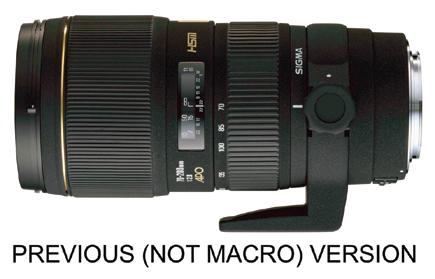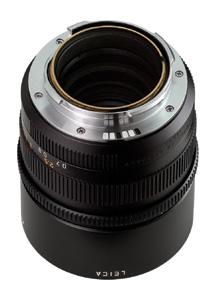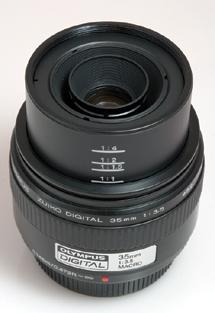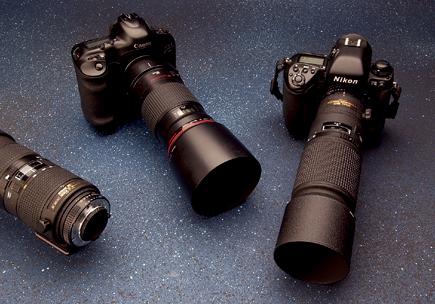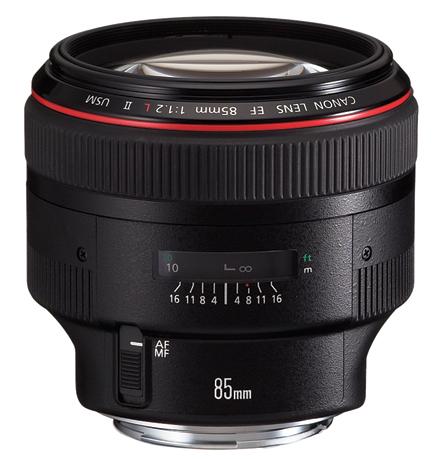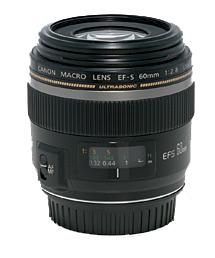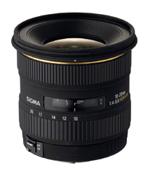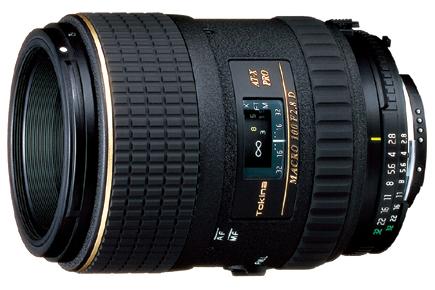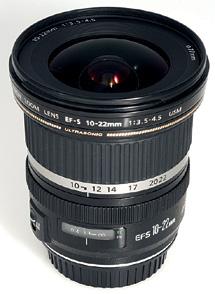Lens Reviews
Sort By: Post Date TitlePublish Date
|
Nov 01, 2006
|
Aug 01, 2006
|
Aug 01, 2006
|
Aug 01, 2006
|
Aug 01, 2006
|
Aug 01, 2006
|
Apr 01, 2006
|
Feb 01, 2006
|
Jan 01, 2006
|
Dec 01, 2005
|
Nov 01, 2005
